
The term "computer" is the name of the agent of the verb to compute. Compute comes from the Latin word "computare".
The root is composed of com = cum (together) and putare (cut, make equity) and properly means "compare to derive the net sum".
The use of the word "computer" was referred to a person who carried out calculations, or computations, and the word continued
with the same meaning until the middle of the 20th century.
In fact, in Italian it is also called "calcolatore", from the greek noun "calcolos" and from the latin one "calculus", which mean "stone":
in the past the stones were used to help in the accounts or used as a counter in the abacus.
From the end of the 19th century the word began to take on its more familiar meaning: a machine that carries out computations.
The history of computer development is often referred to in reference to the different generations of computing devices.
Each generation of computers is characterized by a major technological development that fundamentally changed the way computers operate,
resulting in increasingly smaller, cheaper, more powerful and more efficient and reliable devices.
Commonly, computers have been classed into five generations.
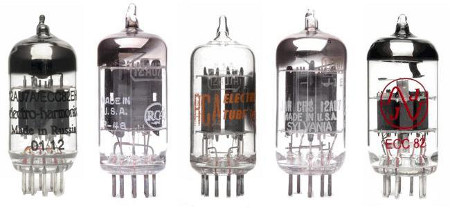
The first computers used vacuum tubes for circuitry, magnetic drums for memory and were often enormous, taking up entire rooms.
They were very expensive to operate and in addition to using a great deal of electricity, generated a lot of heat,
which was often the cause of malfunctions. First generation computers relied on machine language to perform operations,
and they could only solve one problem at a time.
Input was based on punched cards and paper tape, and output was displayed on printouts.
The UNIVAC and ENIAC computers are examples of first-generation computing devices.
The UNIVAC was the first commercial computer delivered to a business client, the U.S. Census Bureau in 1951.
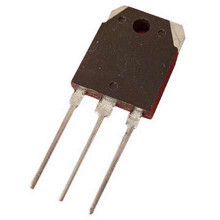
In the second generation of computers, vacuum tubes were replaced by transistors, allowing computers to become smaller,
faster, cheaper, more energy-efficient and more reliable than their first-generation predecessors.
Second-generation computers moved from cryptic binary machine language to symbolic, or assembly, languages, which allowed
programmers to specify instructions in words. High-level programming languages were also being developed at this time,
such as early versions of COBOL and FORTRAN.
These were also the first computers that stored their instructions in their memory, which moved from a magnetic drum
to magnetic core technology.
Second-generation computers still relied on punched cards for input and printouts for output.
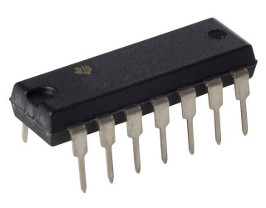
When transistors were miniaturized and placed on silicon chips, called semiconductors, the speed and efficiency of computers drastically increased.
Instead of punched cards and printouts, users interacted with third generation computers through keyboards and monitors and
interfaced with an operating system, which allowed the device to run many different applications at one time with a central
program that monitored the memory.
Computers for the first time became accessible to a mass audience because they were even smaller and cheaper than their predecessors.
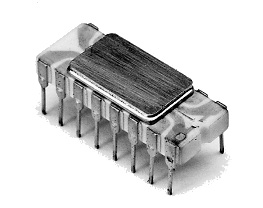
The microprocessor brought the fourth generation of computers, as thousands of integrated circuits were built onto a single silicon chip.
What in the first generation filled an entire room could now fit in the palm of the hand!
The Intel 4004 chip, developed in 1971, located all the components of the computer - from the central processing unit and memory to
input/output controls - on a single chip.
In 1981 IBM introduced its first computer for the home user, and in 1984 Apple introduced the Macintosh.
Microprocessors also moved out of the realm of desktop computers and into many areas of life as more and more everyday products began to use microprocessors.
As these small computers became more powerful, they could be linked together to form networks, which eventually led to the development of the Internet.
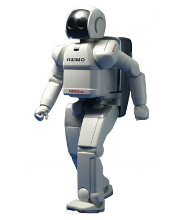
Fifth generation computing devices, based on artificial intelligence, are still in development, though there are some applications, such as voice recognition,
that are being used today.
Artificial intelligence includes:
Games Playing: programming computers to play games such as chess and checkers
Expert Systems: programming computers to make decisions in real-life situations (for example, some expert systems help doctors diagnose diseases based on symptoms)
Natural Language: programming computers to understand natural human languages
Neural Networks: Systems that simulate intelligence by attempting to reproduce the types of physical connections that occur in animal brains
Robotics: programming computers to see and hear and react to other sensory stimuli
The use of parallel processing and superconductors is helping to make artificial intelligence a reality.
Quantum computation and molecular and nanotechnology will radically change the face of computers in years to come.
The goal of fifth-generation computing is to develop devices that respond to natural language input and are capable of learning and self-organization.


